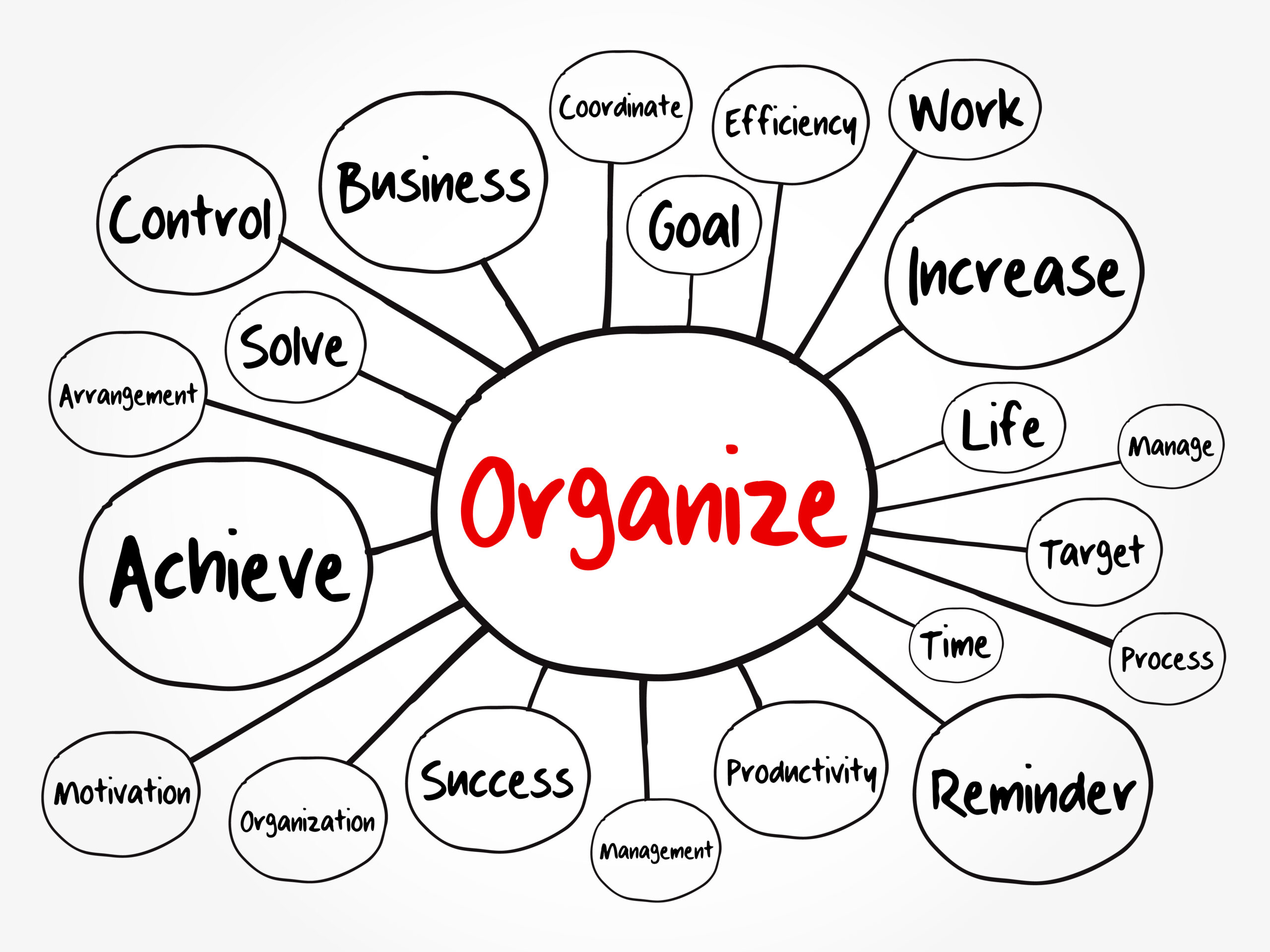Every creator, whether they are writers, artists, or professionals from other fields, will experience the challenge of a mental block. There’s that frustrating feeling when ideas seem just out of reach. This is where mind maps come in – a simple, effective tool that can be a game-changer for many. Through this guide, we’ll explore why and how they serve as powerful catalysts for idea generation.
The Concept of Mind Mapping
Mind mapping isn’t a modern concept; it’s a technique that traces its roots to ancient civilizations. Ancient philosophers and scholars visualized complex ideas by drawing them out in an interconnected, tree-like structure. Fast forward to the 20th century, and the mindmap gained fresh momentum with British psychologist Tony Buzan championing its cause.
Why Mind Maps Work

Source: eric-blue.com
- Structured yet flexible: At its core, mind mapping mirrors the way our brains function. While the brain works in a structured manner, with one thought leading to another, it also jumps across to seemingly unrelated ideas. A mind map offers that blend – a structure to start with and the freedom to branch out.
- Visual over verbal: A vast majority of people are visual learners. Instead of lengthy notes or lists, a colorful mind map with doodles, keywords, and branches appeals to our natural inclination towards visuals, making information retention easier.
- From macro to micro: With a central idea at the core and branches fanning out, mind maps enable creators to see the big picture. As they delve into sub-branches, they can also focus on granular details without losing sight of the overarching theme.
Creating Your Own Mind Map: A Quick Guide
Starting a mind map is not about creating a masterpiece; it’s about letting your ideas flow freely. Here are some simple steps to get you started:
- Central node: Begin with a central idea or question. Place it at the center of your paper or digital tool. This acts as the anchor for all ensuing thoughts.
- Main branches: Think of the primary categories or themes related to your central idea. Draw them as main branches radiating out.
- Sub-branches: Now, get into the specifics. For each main branch, what are the secondary ideas or sub-topics? These will become your sub-branches.
- Keep expanding: There’s no limit when it comes to mind mapping. Add images, keywords, or even color-code different branches. As new ideas pop up, simply extend your branches or add new ones.
- Iterate and refine: Over time, as you gather more information or insights, your map will evolve. Revisit, rework, and refine it.
Mind Mapping Tools

Source: webmoves.net
While traditional pen and paper offer a tactile experience, digital tools amplify the capabilities of mind mapping. Today you can get software offering templates, easy editing, and collaboration options, helping you get the most from your mind maps. These programs are an ideal choice for those who want the convenience of technology, coupled with the powerful technique of mind mapping for creativity.
While every individual’s creative process is unique, tools like mind mapping universally aid in unearthing hidden potentials. Whether you’re jotting down ideas for a new book, strategizing a business move, or simply trying to organize your thoughts, mind maps act as a compass to guide you.



